Featured Publications
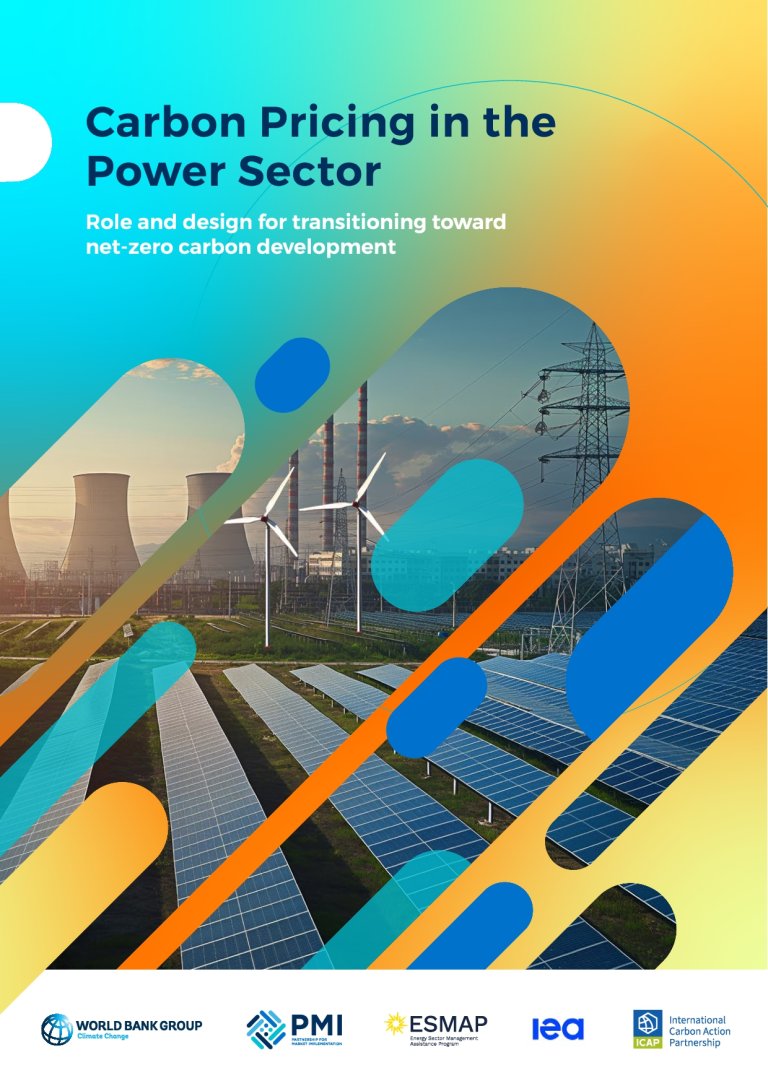
Carbon Pricing in the Power Sector: Role and design for transitioning toward net-zero carbon development
This report delves deep into the power sector value chain dynamics, demonstrating how well-designed carbon pricing instruments can be instrumental in helping countries reach their decarbonization goals. Focusing on how decisions are made in diverse power sector models in several developing countries, this report establishes that the CPI must be carefully positioned at the right regulation point in the power sector’s value chain—rather than merely...
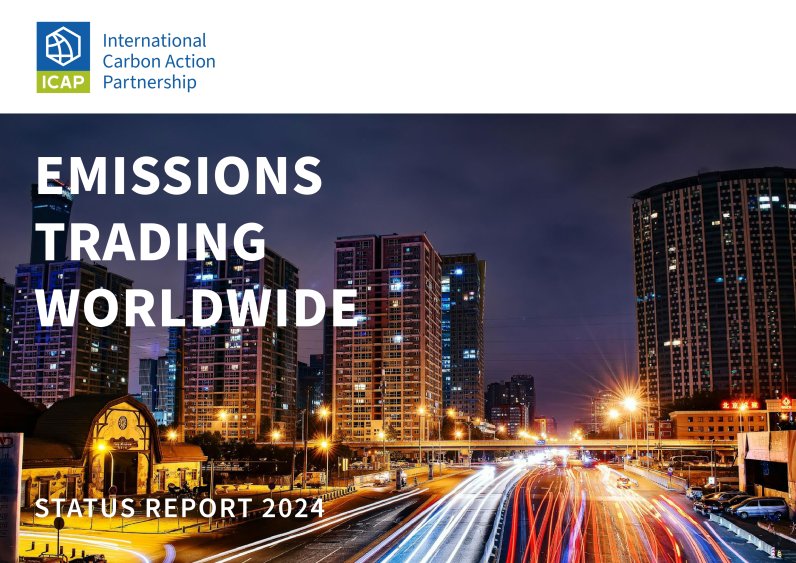
Emissions Trading Worldwide: 2024 ICAP Status Report
Check out the 2024 ICAP Status Report with the latest developments in emissions trading around the world.
The report includes:
🔹 State and outlook of emissions trading worldwide
🔹 Detailed factsheets on every system in operation, under development, and under consideration
🔹 Infographics that visualize the systems' characteristics
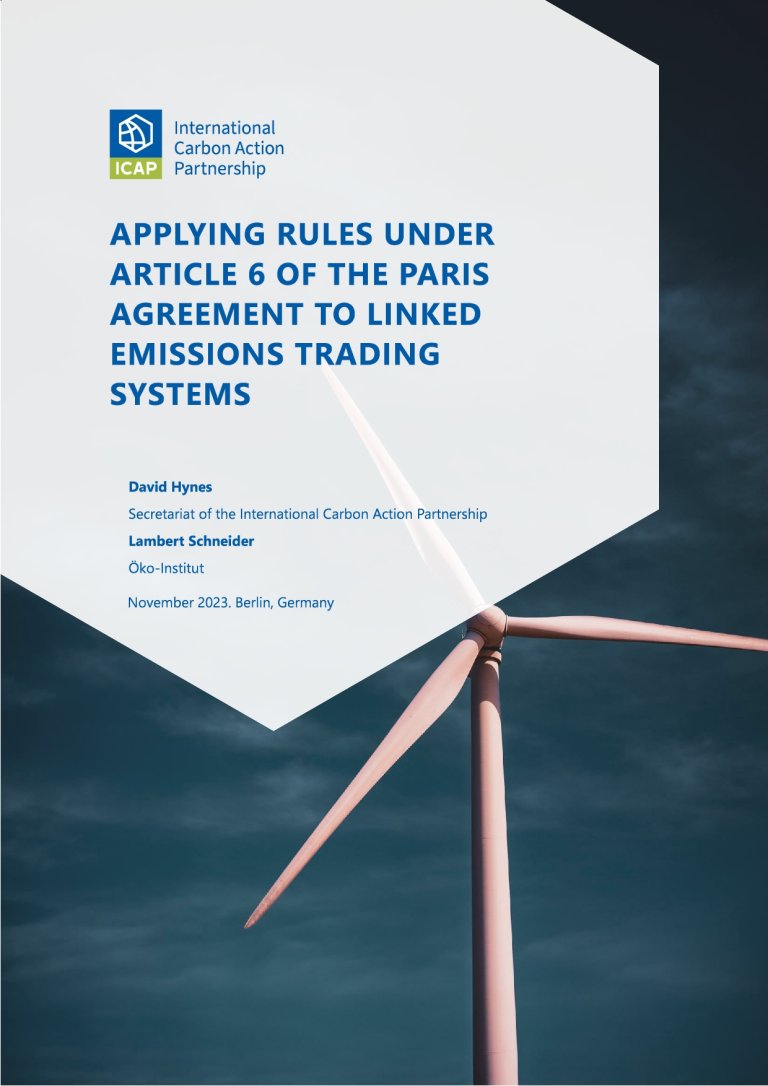
Applying Rules under Article 6 of the Paris Agreement to Linked Emissions Trading Systems
This paper explores how the Article 6.2 rules agreed at COP26 could be applied to an international link of two ETSs, including how to account for the changes in emissions, addressing the challenges in determining when changes in emissions occur within an ETS, and options to generate finance for adaptation and “net” mitigation from the link.
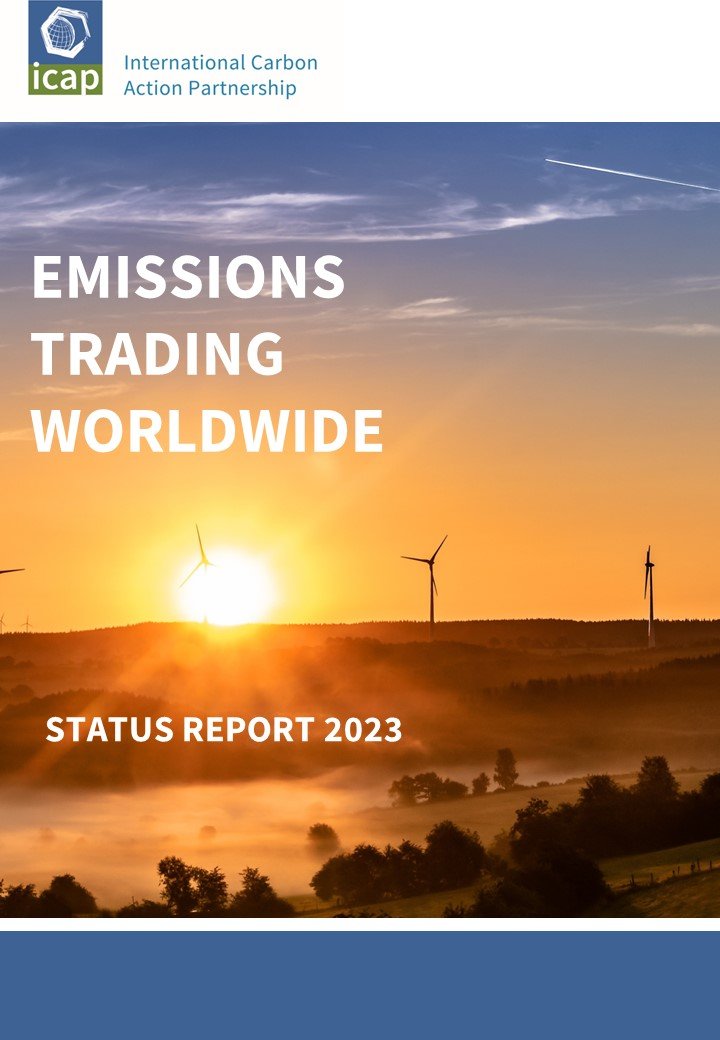
Emissions Trading Worldwide: 2023 ICAP Status Report
Check out the 2023 ICAP Status Report with the latest developments in emissions trading around the world.
The report includes:
🔹 comprehensive snapshot of the latest ETS developments
🔹 up-to-date factsheets on all systems
🔹 infographics that visualize the systems' characteristics
🔹 in-depth articles from policymakers and carbon market experts
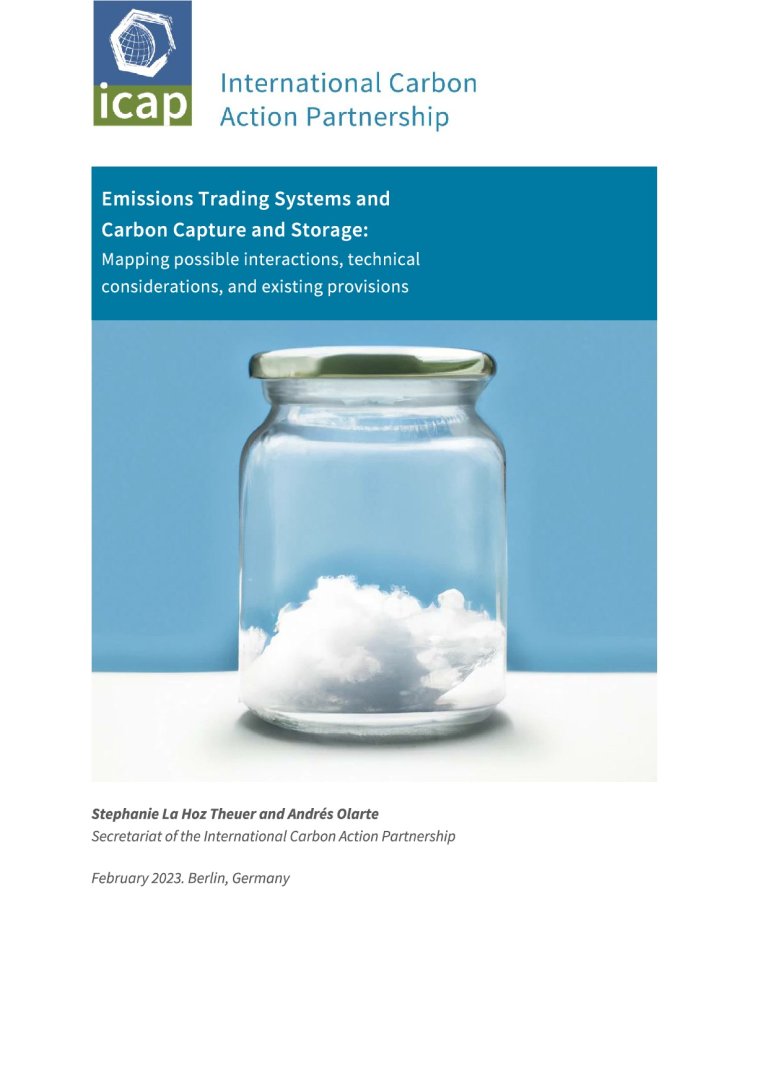
Emissions Trading and Carbon Capture and Storage: Mapping possible interactions, technical considerations, and existing provisions
This report explores how CCS is treated in different ETSs around the world; if and how ETSs could play a role in incentivizing the development and deployment of CCS applications; and the challenges and opportunities in developing the required regulation in this context.
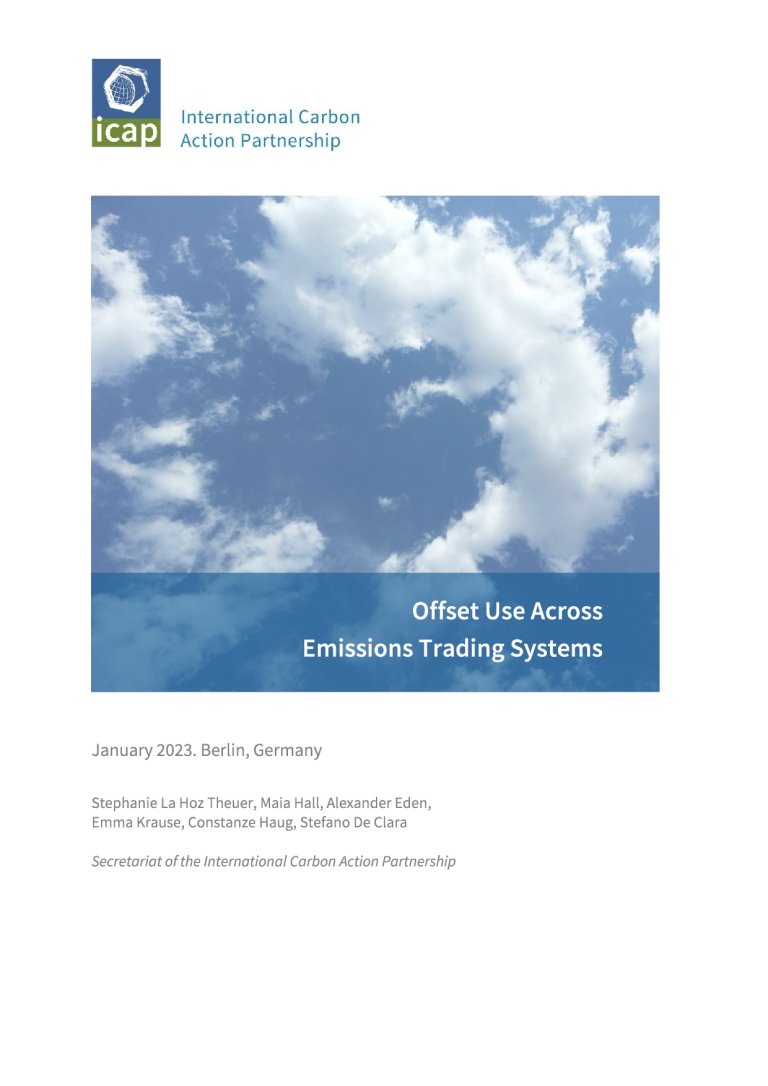
Offset Use Across Emissions Trading Systems
As market-based instruments, emissions trading systems are inherently flexible, as entities can decide to reduce their own emissions or buy emissions allowances from the market. Carbon offsets (or simply ‘offsets’) are a tool to further increase flexibility in reaching climate targets under ETSs, as they offer sectoral and geographical flexibility for jurisdictions to reduce greenhouse gas emissions outside of the scope of their ETS. This report...
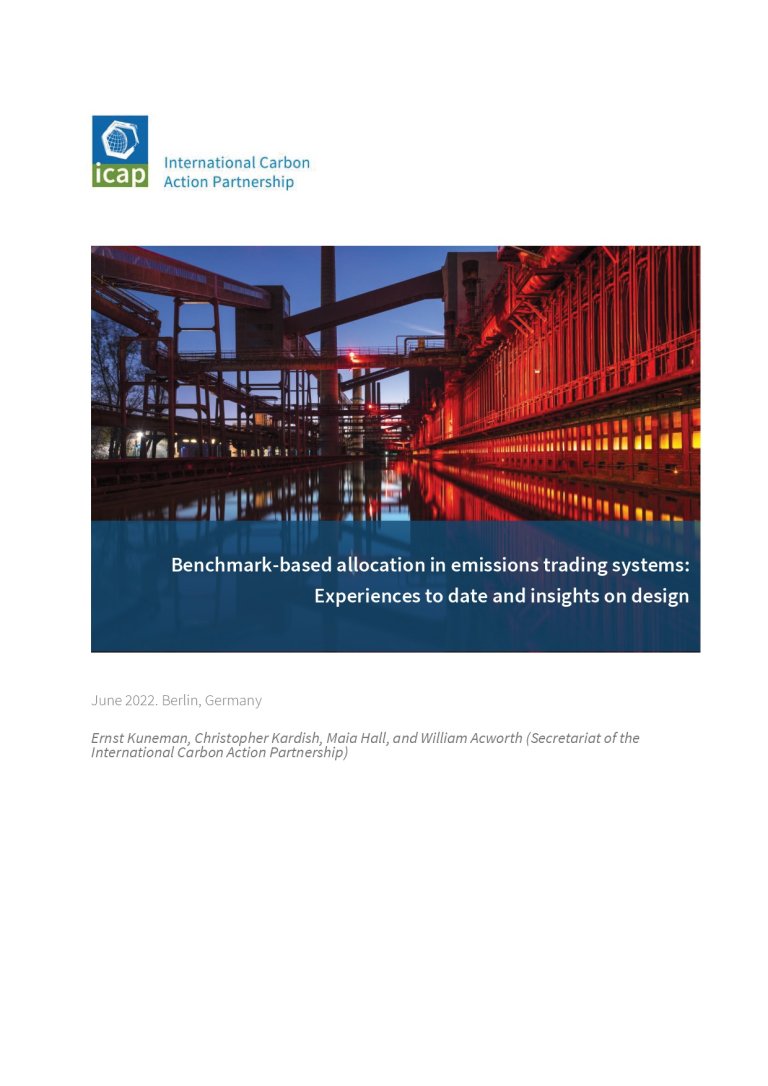
Benchmark-based allocation in emissions trading systems: Experiences to date and insights on design
Benchmarking can protect against carbon leakage while setting incentives to reduce emissions, but their design entails complex trade-offs. This paper explores benchmark-based industrial allocation design and experiences, using insights from existing ETSs, and their implications for abatement and low-carbon investment incentives.
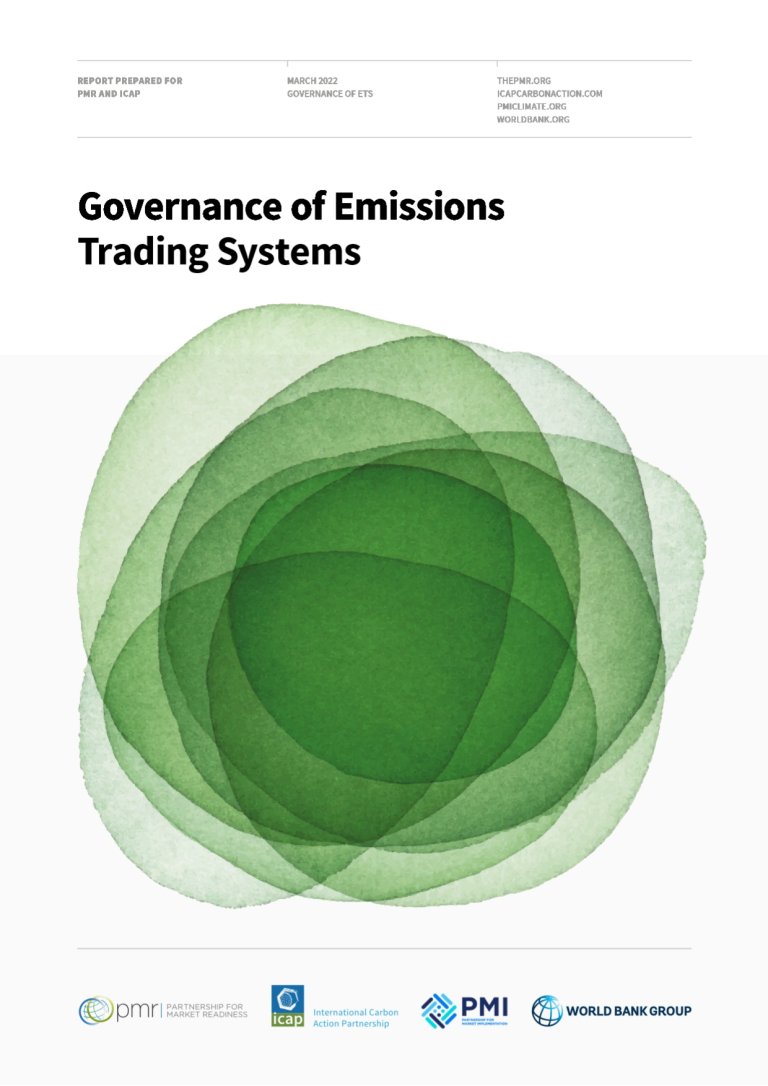
ICAP & World Bank Paper: Governance of Emissions Trading Systems
ICAP and the World Bank jointly published a paper on the governance of emissions trading systems.
-
DateCategoryICAP Status ReportCover Image
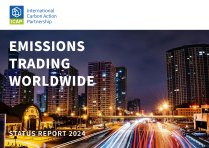
 DateCategoryICAP Status Report
DateCategoryICAP Status ReportEmissions Trading Worldwide: 2024 ICAP Status Report
Learn moreTeaser + metatagsCheck out the 2024 ICAP Status Report with the latest developments in emissions trading around the world.
The report includes:
🔹 State and outlook of emissions trading worldwide
🔹 Detailed factsheets on every system in operation, under development, and under consideration
🔹 Infographics that visualize the systems' characteristics -
DateCategoryPapers & ReportsCover Image
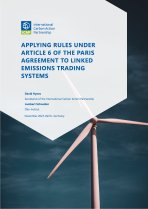
 DateCategoryPapers & Reports
DateCategoryPapers & ReportsApplying Rules under Article 6 of the Paris Agreement to Linked Emissions Trading Systems
Learn moreTeaser + metatagsThis paper explores how the Article 6.2 rules agreed at COP26 could be applied to an international link of two ETSs, including how to account for the changes in emissions, addressing the challenges in determining when changes in emissions occur within an ETS, and options to generate finance for adaptation and “net” mitigation from the link.
-
DateCategoryETS BriefsCover Image
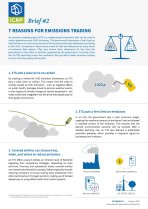
 DateCategoryETS Briefs
DateCategoryETS Briefs7 Reasons for Emissions Trading (Brief 2)
Learn moreTeaser + metatagsEmissions trading systems operate across five continents. From how an ETS sets a clear price on carbon, how it can suit various economic and political contexts, as a source of revenues and additional benefits, understand just what makes emissions trading such an attractive policy instrument.
-
DateCategoryETS BriefsCover Image
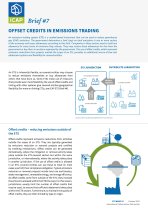
 DateCategoryETS Briefs
DateCategoryETS BriefsOffset Credits in Emissions Trading (Brief 7)
Learn moreTeaser + metatagsUnderstand how the use of offset credits, which represent emissions reductions from projects outside the scope of an ETS, provides an additional source of low-cost abatement options and flexibility for covered entities, issues of environmental integrity, and approaches taken by systems around the world.
-
DateCategoryETS BriefsCover Image
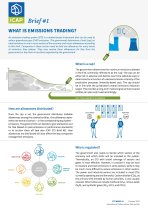

-
DateCategoryETS BriefsCover Image
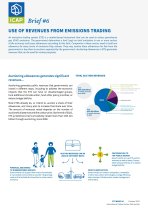
 DateCategoryETS Briefs
DateCategoryETS BriefsUse of Revenues from Emissions Trading (Brief 6)
Learn moreTeaser + metatagsAuctioning allowances in an emissions trading system generates revenues that can be used for various purposes. Learn how much jurisdictions receive in revenues, and the different ways it can be used – from supporting disadvantaged groups, funding further climate action, or contributing to the public budget.
-
DateCategoryETS BriefsCover Image
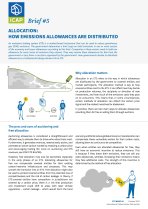
 DateCategoryETS Briefs
DateCategoryETS BriefsAllocation: How Emissions Allowances are Distributed (Brief 5)
Learn moreTeaser + metatagsIn an ETS, covered entities may receive allowances for free from the government or buy them in auctions. Learn about how governments decide to distribute allowances, why allocation matters, the pros and cons of each allocation method, how free allocation can work, and the approaches taken by systems around the world.
-
DateCategoryETS BriefsCover Image
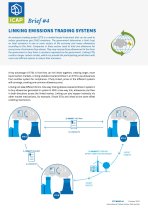
 DateCategoryETS Briefs
DateCategoryETS BriefsLinking Emissions Trading Systems (Brief 4)
Learn moreTeaser + metatagsLearn how linking emissions trading systems creates a larger carbon market, which can provide the participating jurisdictions with more cost-efficient options to reduce their emissions. Understand the different types of linking, why jurisdictions might link their systems, and the links in place around the world.
-
DateCategoryETS BriefsCover Image
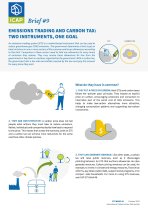
 DateCategoryETS Briefs
DateCategoryETS BriefsEmission Trading and Carbon Tax: Two Instruments, One Goal (Brief 9)
Learn moreTeaser + metatagsETS works by capping the total emissions allowed within the system. With a carbon tax, the government sets a tax rate and entities covered by the tax must pay this amount for every tonne they emit. Understand what these carbon pricing instruments have in common, how they differ, and which contexts might suit one over the other.
-
DateCategoryETS BriefsCover Image
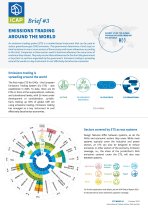
 DateCategoryETS Briefs
DateCategoryETS BriefsEmissions Trading around the World (Brief 3)
Learn moreTeaser + metatagsEmissions trading is spreading around the world as a key instrument to cost effectively decarbonize economies. What kinds of sectors are covered? How do systems around the world differ from each other? How have systems matured over time? Understand the dynamism and resilience of ETS.
